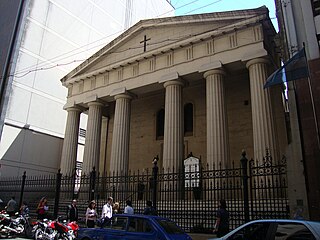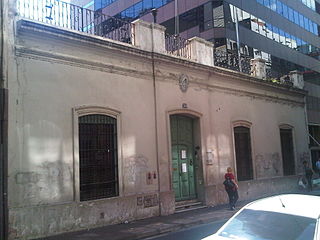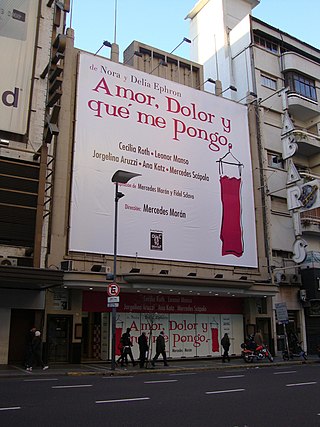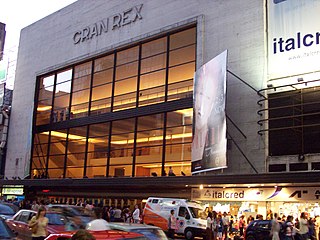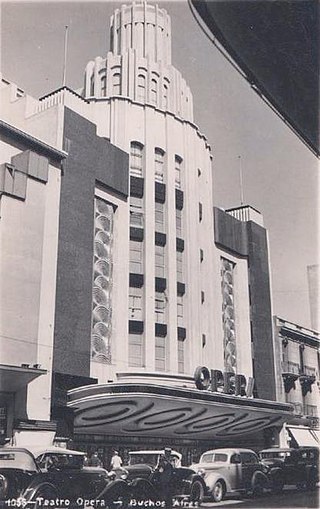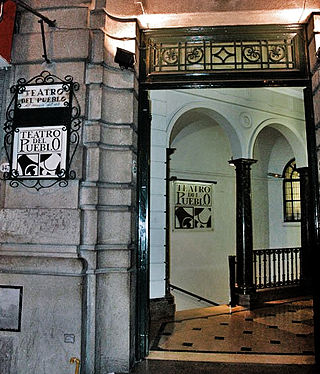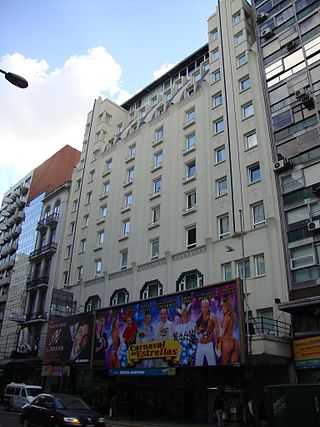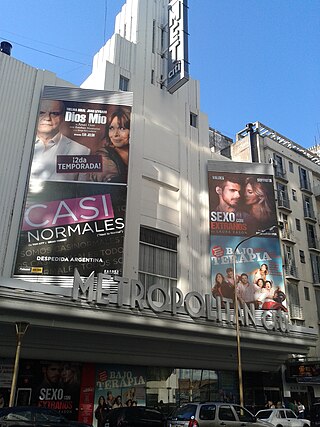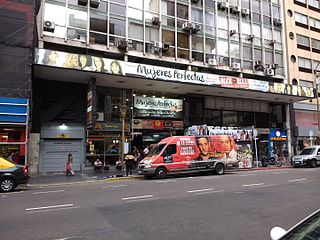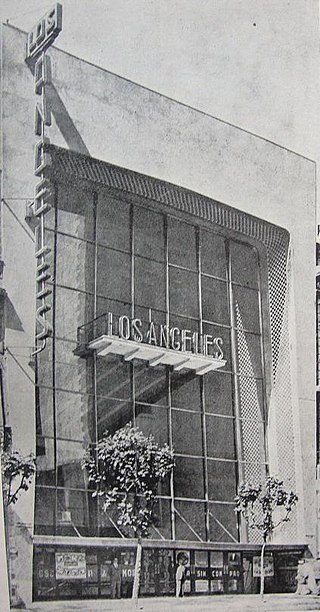Self-guided Sightseeing Tour #1 in Buenos Aires, Argentina
Legend
Guided Free Walking Tours
Book free guided walking tours in Buenos Aires.
Guided Sightseeing Tours
Book guided sightseeing tours and activities in Buenos Aires.
Tour Facts
2.8 km
42 m
Experience Buenos Aires in Argentina in a whole new way with our free self-guided sightseeing tour. This site not only offers you practical information and insider tips, but also a rich variety of activities and sights you shouldn't miss. Whether you love art and culture, want to explore historical sites or simply want to experience the vibrant atmosphere of a lively city - you'll find everything you need for your personal adventure here.
Activities in Buenos AiresIndividual Sights in Buenos AiresSight 1: Catedral San Juan Bautista
The Anglican Cathedral of St. John the Baptist is a cathedral in Buenos Aires, Argentina. It is located in Calle 25 de Mayo 282 and is the oldest non-Catholic church building in Latin America.
Wikipedia: Anglican Cathedral of St. John the Baptist (EN), Website
Sight 2: Museo Mitre
The Mitre Museum in Buenos Aires, Argentina, is a museum dedicated to Argentine history, as well as to the legacy of former President of Argentina, Bartolomé Mitre. The museum building is a Spanish colonial house built in 1785. It first appears in Argentine history as the refuge of the last Viceroy of Río de la Plata, Baltasar Hidalgo de Cisneros, following the May Revolution of 1810. In 1860 the house was rented by General Bartolomé Mitre in 1860, and was his residence during his tenure as the 6th President of Argentina between 1862 and 1868.
Sight 3: Tabaris
The Tabarís Theater is a classic revue theater located at 831 Corrientes Avenue, in Buenos Aires, Argentina. In the same place there was once a cabaret called Royal Pigall.
Sight 4: Teatro Gran Rex
The Teatro Gran Rex is an Art Deco style theatre in Buenos Aires, Argentina which opened on July 8, 1937, as the largest cinema in Argentina.
Sight 5: Teatro Opera
The Opera Theater is located at 860 Corrientes Avenue in the city of Buenos Aires, Argentina, 200 meters from the Obelisk of that city. Ava Gardner, Édith Piaf, Mina Mazzini, the Folies Bergère, the Lido de Paris, Fairuz, R5 (band) among other international artists performed there, as well as local artists such as Mercedes Sosa, Los Abuelos de la Nada who recorded their album live, or the Ariel Ramírez Folklore Company, with Jaime Torres and Las Voces Blancas, at the premiere of the precursor film of the mockumentary genre. Chronicle for a future, in 1967.
Sight 6: Teatro del Pueblo
The Teatro del Pueblo is the first independent theater in Argentina.
Sight 7: Obelisco
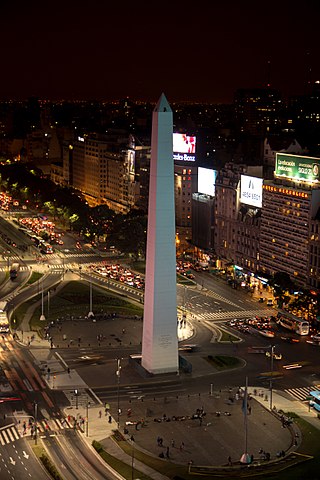
The Obelisco de Buenos Aires is a national historic monument and icon of Buenos Aires. Located in the Plaza de la República in the intersection of avenues Corrientes and 9 de Julio, it was erected in 1936 to commemorate the quadricentennial of the first foundation of the city.
Sight 8: Teatro Broadway
The Teatro Broadway is an Art Deco style theatre in Buenos Aires, Argentina which opened on October 11, 1930.
Sight 9: Teatro Metropolitano
The Metropolitan Theater is one of the classic theaters of Corrientes Avenue, in the city of Buenos Aires, Argentina.
Sight 10: Apolo
The Apolo Theater is located at 1372 Corrientes Avenue in Buenos Aires, Argentina, on the same site where the theater that originally bore that name was founded in 1886.
Sight 11: Los Angeles
The Los Angeles Cinema specialized in children's films produced by Disney. The building is on Avenida Corrientes 1764, Buenos Aires, an artery where theater spaces abound and, in other times, cinemas.
Sight 12: Teatro Presidente Alvear
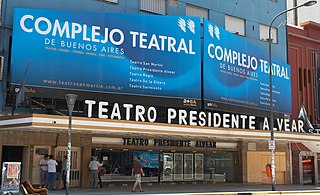
The Presidente Alvear Theater is located in the San Nicolás neighborhood of the City of Buenos Aires, precisely on Avenida Corrientes 1659, and is one of the theaters dependent on the Ministry of Culture of that city.
Sight 13: Teatro General San Martín
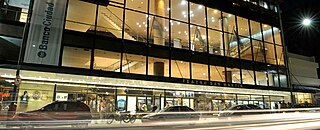
The Teatro General San Martín is an important public theater in Buenos Aires, located on Corrientes Avenue and adjacent to the cultural center of the same name. It is one of the major theaters in Argentina and offers venues for the representation of stage works and film, as well as art exhibitions.
Share
How likely are you to recommend us?
Disclaimer Please be aware of your surroundings and do not enter private property. We are not liable for any damages that occur during the tours.
GPX-Download For navigation apps and GPS devices you can download the tour as a GPX file.
